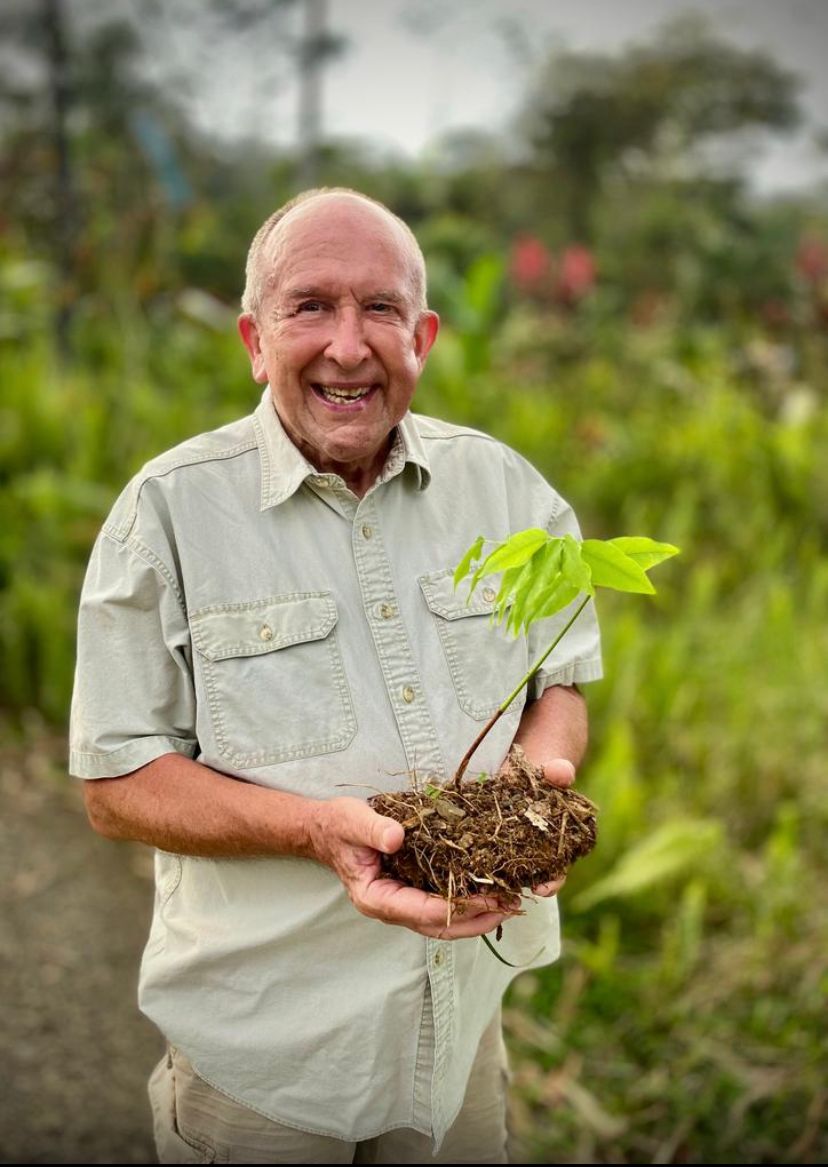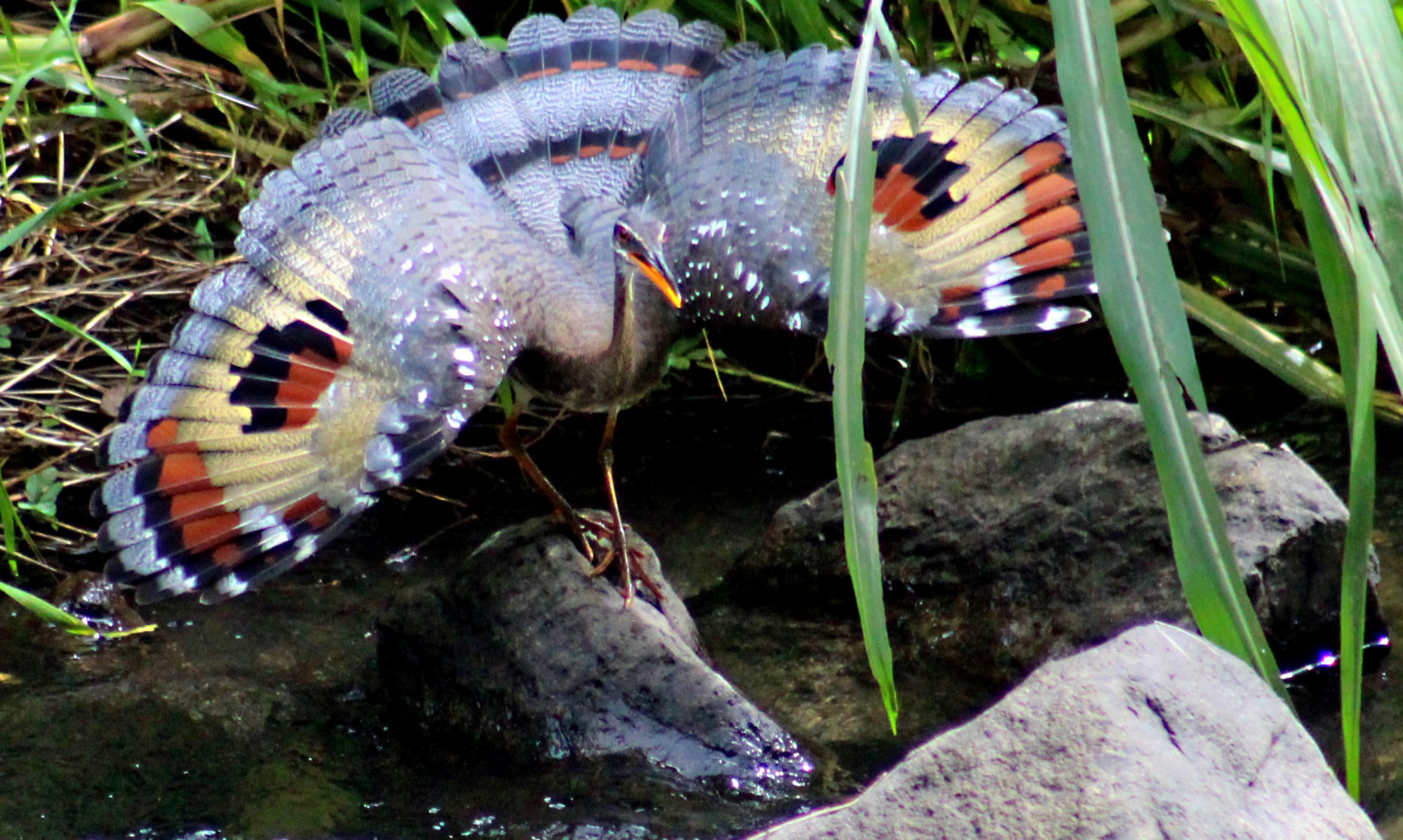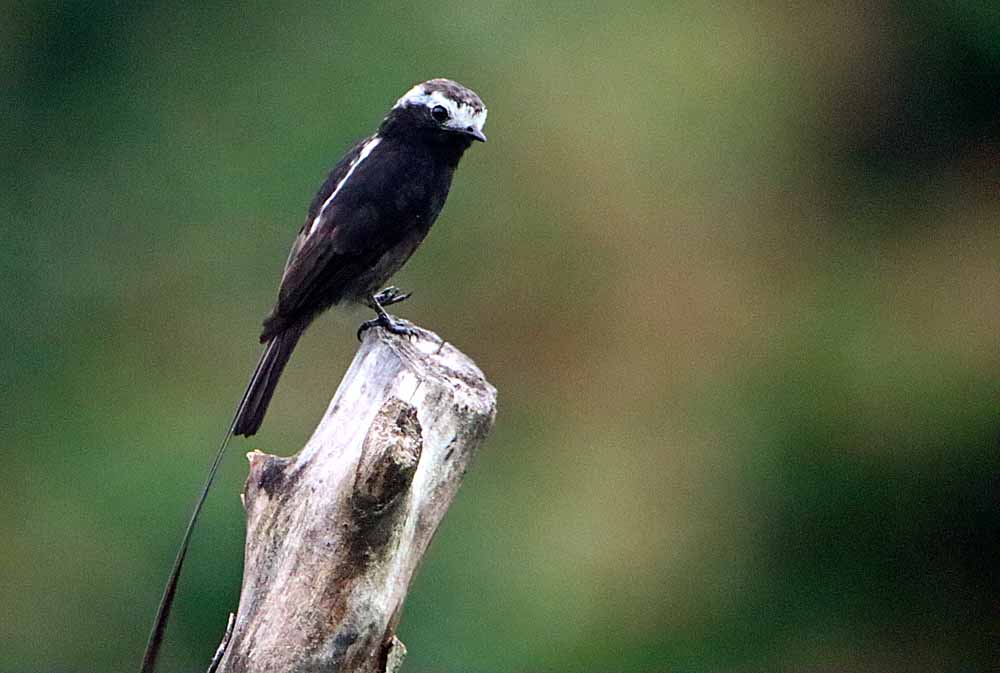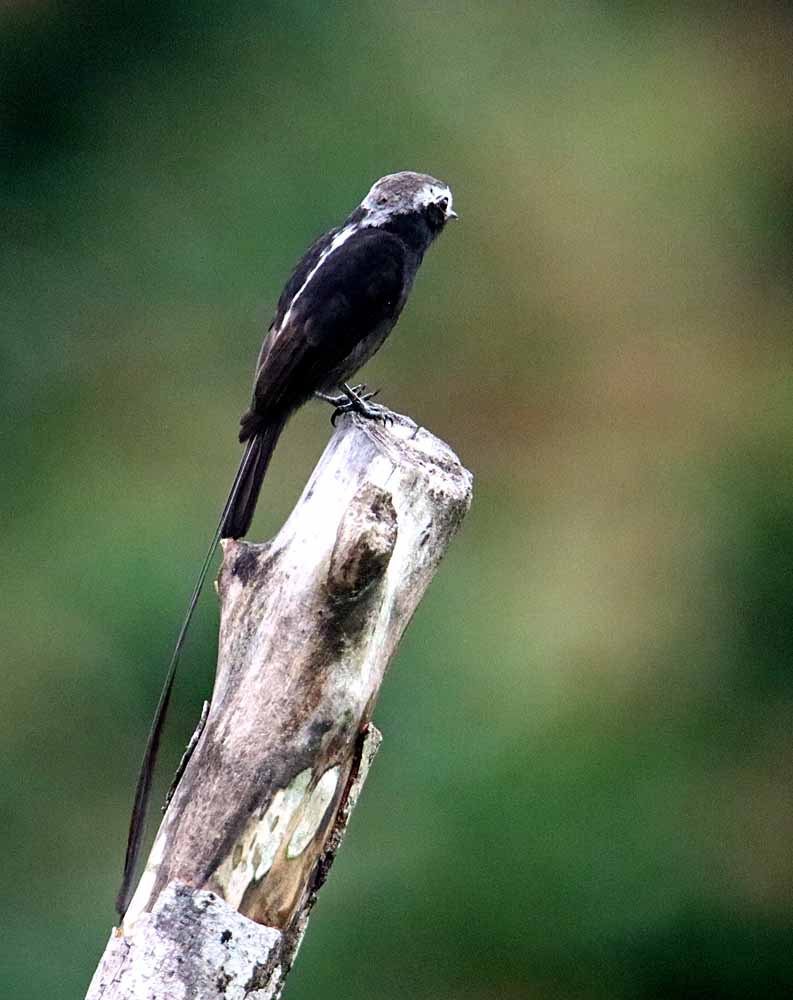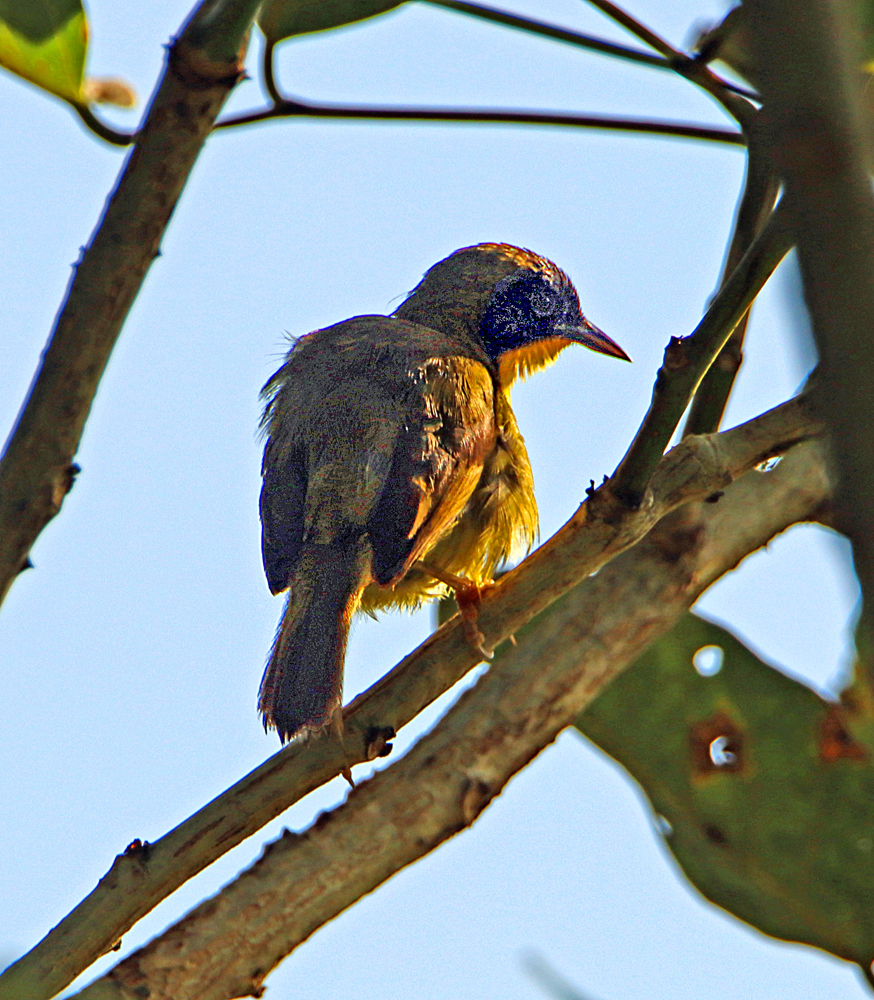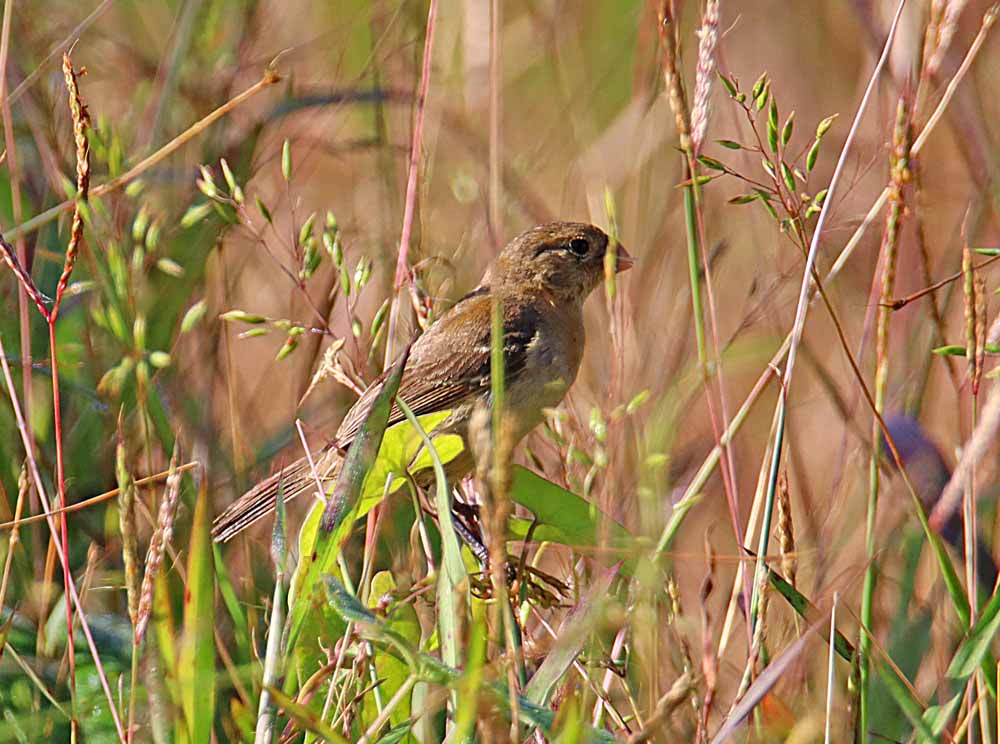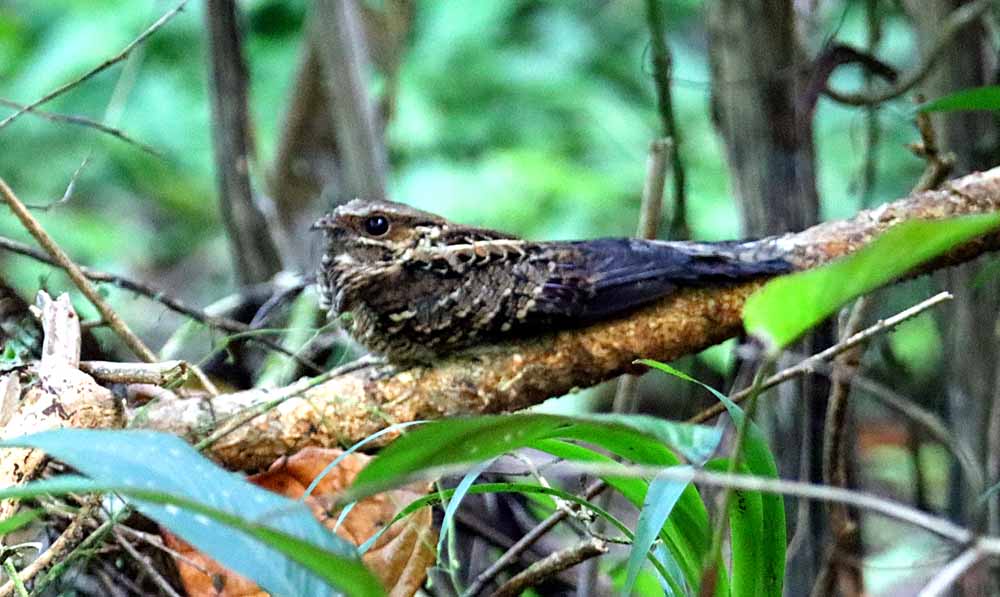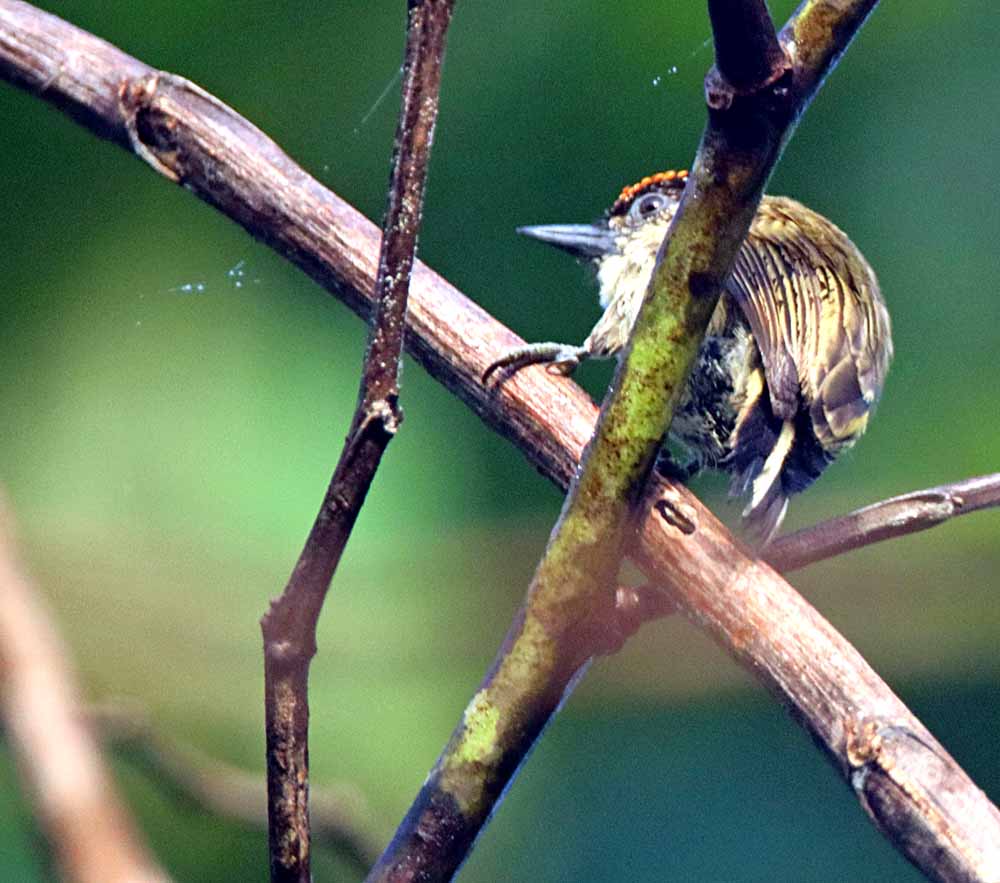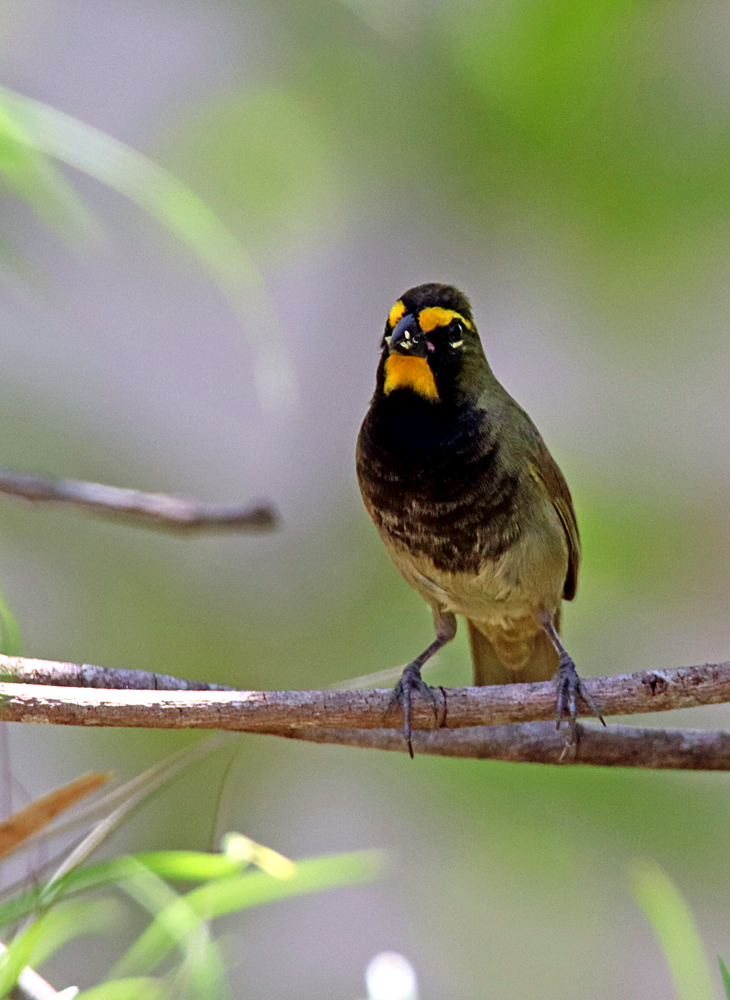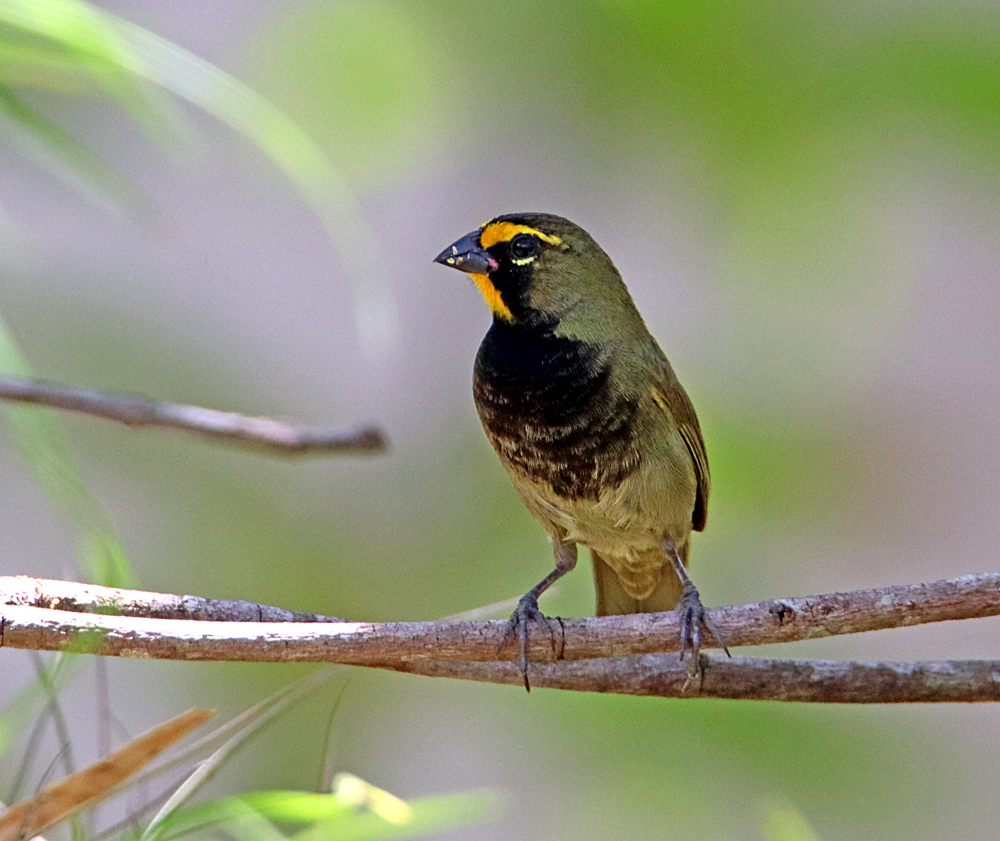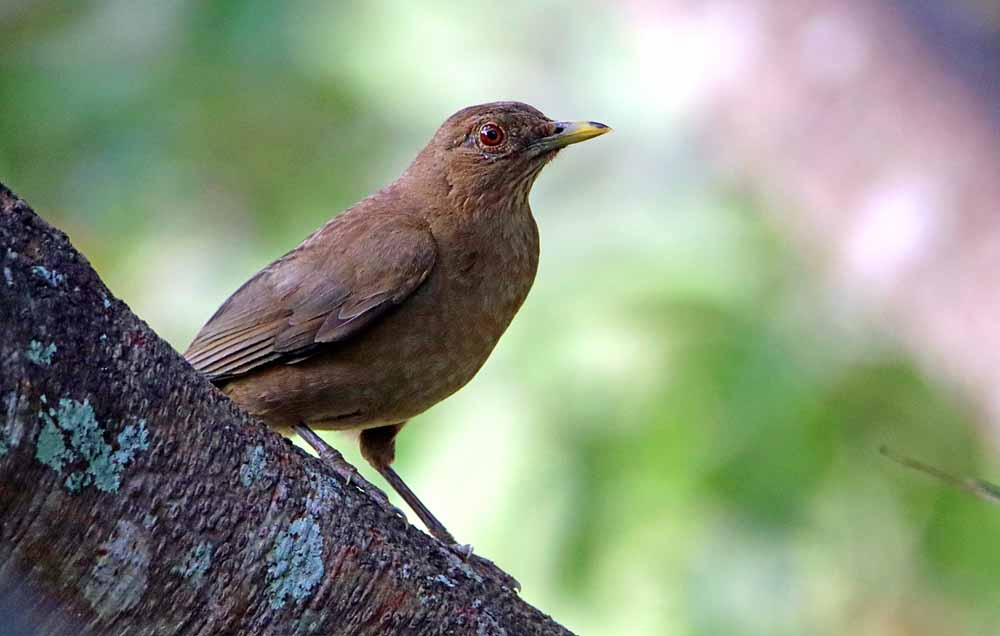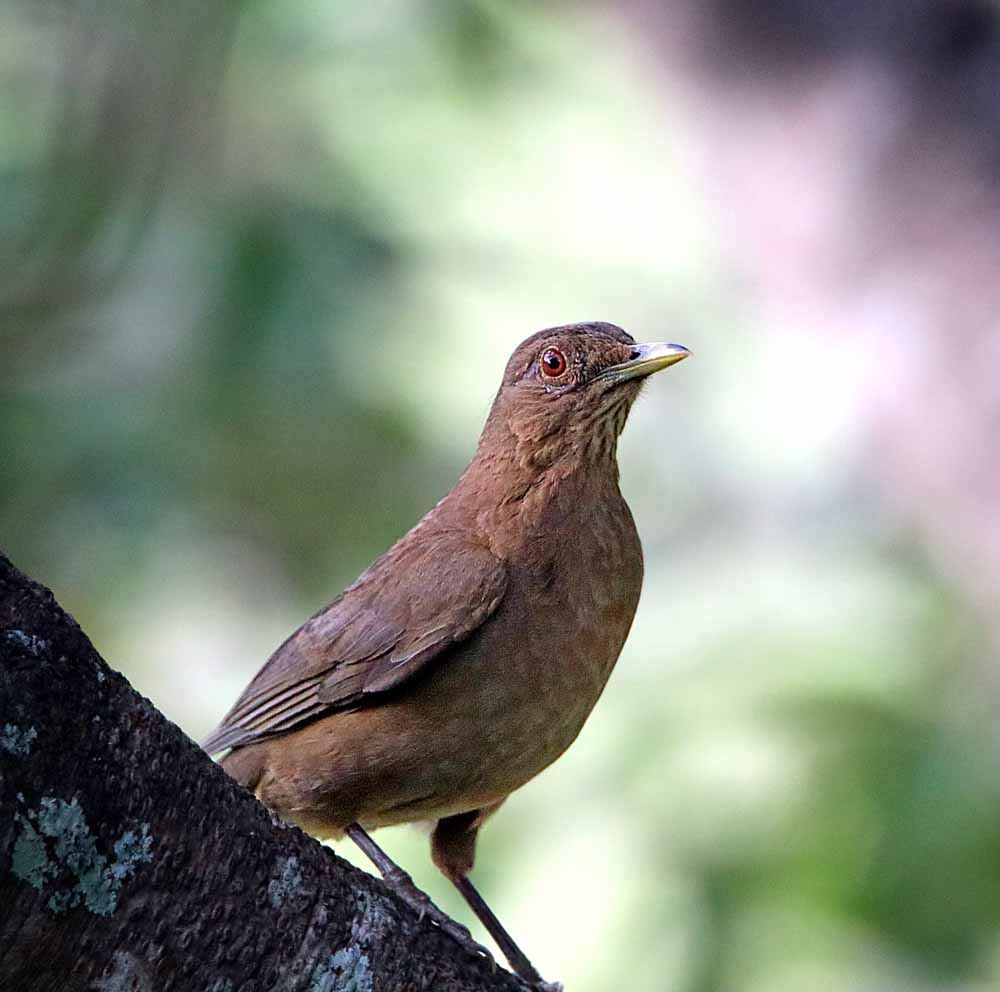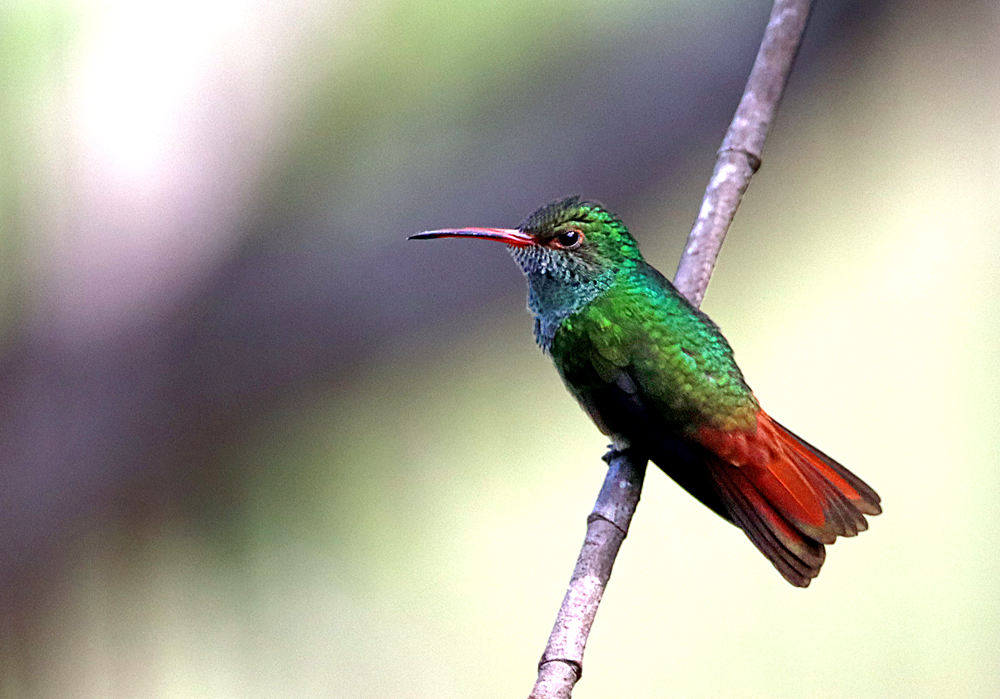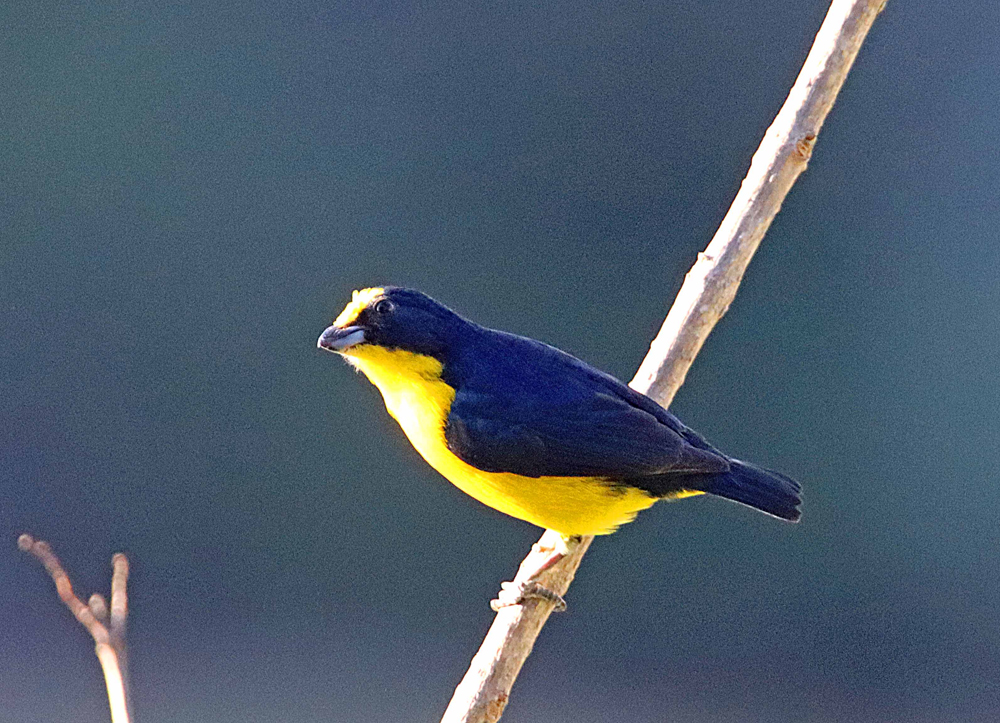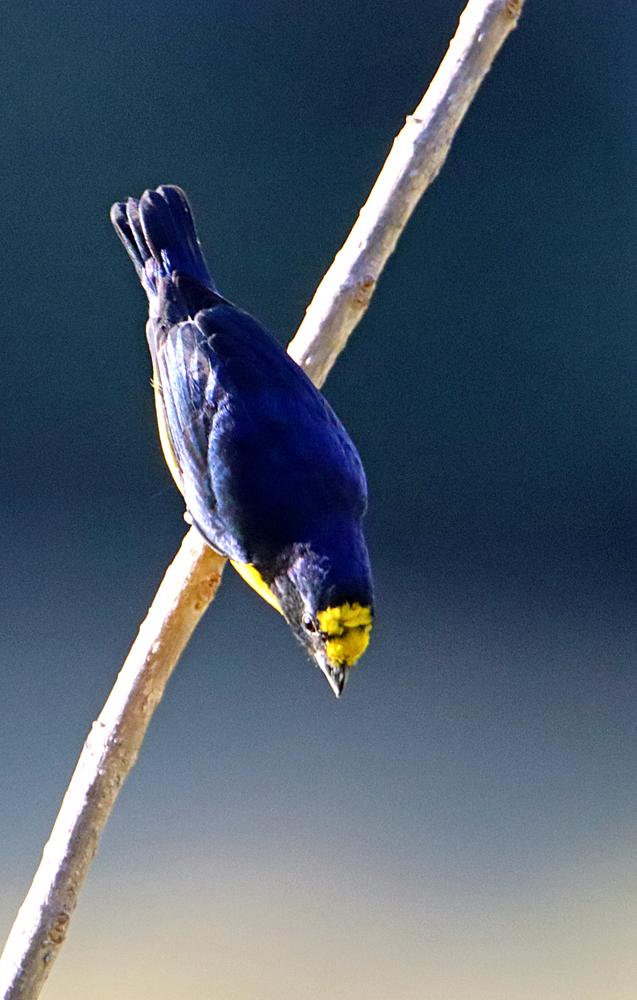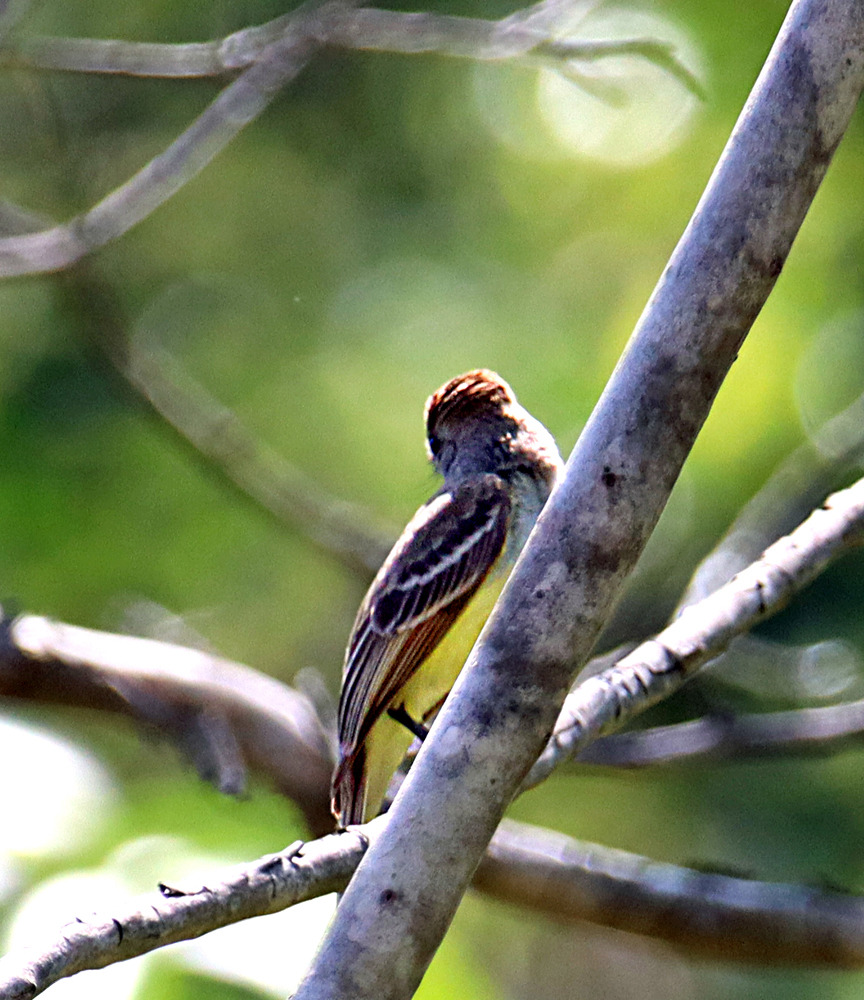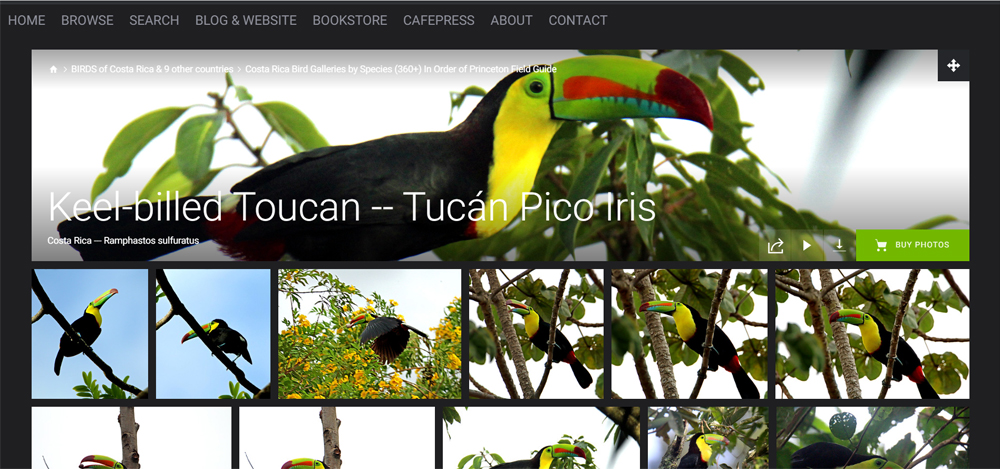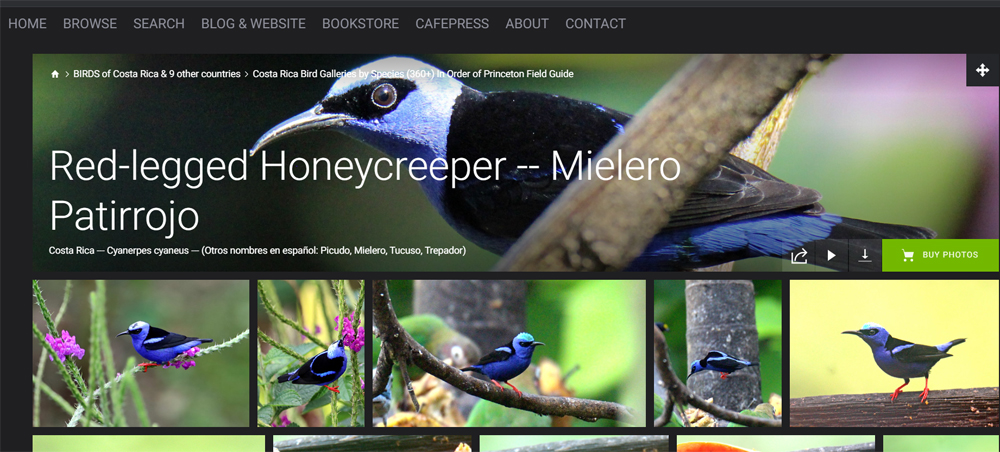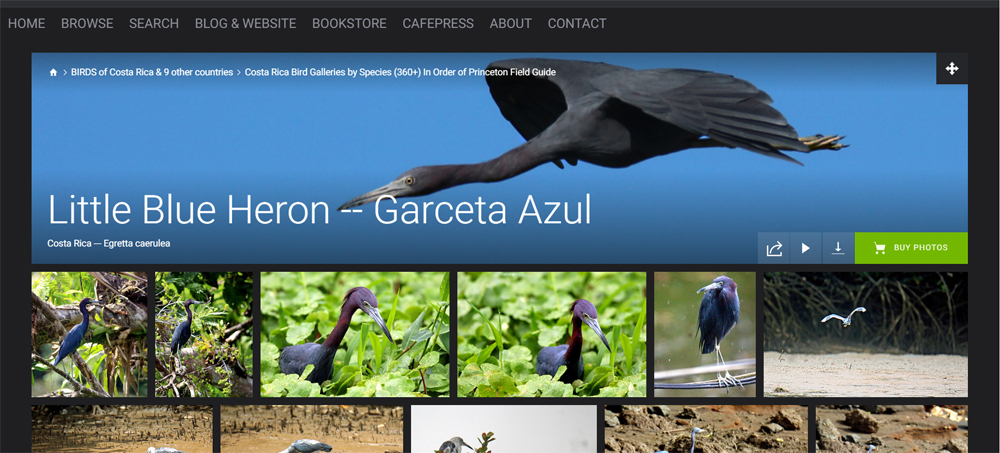The only way we are going to save the earth for future generation is by “rewilding” or creating “new” old growth forests of about 50% of the globe by planting more trees. Yesterday I did one tiny part of that by planting an Almond Tree here at Maquenque, where they hope to reintroduce the endangered Green Macaws that eat mostly almonds! And soon they will add nesting boxes to replace the big old trees with nesting holes, one of several reasons they are endangered. It will be a few years before my little baby Almond Tree will feed Macaws, but we have to plan for the future! And that is symbolized by Vicky’s (lodge manager’s) children standing with me in the second photo.
Plus Maquenque does have a few grown Almond Trees here already, “los almendros.” But very few macaws on the ground now, mostly flying overhead as in the third photo below. Plus, since they are located north-central, close to the continental divide, they can have both Green Macaws (Caribbean Slope which they are on) and some Scarlet Macaws (from the Pacific Slope). The Scarlets evidently fly over the Continental Divide which is not high mountains here in the lowlands. Scarlet Macaws are not as endangered as the green but are near-endangered because of habitat loss.
